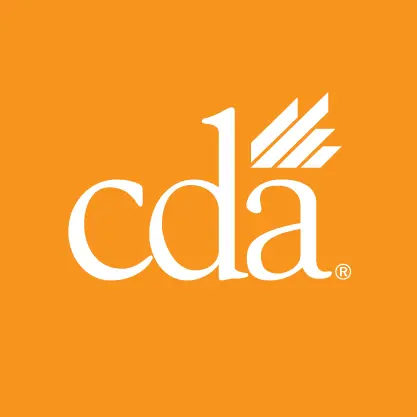Employers need to adjust their payroll systems to comply with a provision of the One Big Beautiful Bill Act that exempts qualifying overtime compensation from federal income tax.
Beginning with tax year 2025 and continuing through tax year 2028 unless extended by Congress, nonexempt employees who receive overtime pay as defined by Section 7 of the Fair Labor Standards Act may deduct a portion of their overtime earnings from their federal taxable income.
California law requires employers to pay nonexempt employees at least time and a half for all hours worked over eight hours in any workday. FLSA requires employers to pay nonexempt employees at least one and a half times their regular rate of pay for all hours they work over 40 hours in a workweek.
Tracking, reporting qualified overtime to IRS and on W-2, pay stubs
Workweeks that exceed 40 hours and result in qualifying overtime pay may be less common in some professions, and the change is primarily an administrative one for employers. Still, employers will need to work with those responsible for processing payroll or contact their payroll provider to ensure they are compliantly tracking and reporting any qualifying overtime pay to the IRS and on W-2 forms and paystubs.
Here are the compliance essentials:
- The qualifying overtime earnings are the “premium” paid over the employee’s regular pay. See the example below.
- For the 2025 tax year: Employees are eligible to deduct the overtime premium only if they earn $150,000 or less ($300,000 combined income for couples).
- For the 2025 tax year: The overtime exemption is retroactive to Jan. 1.
- Employees can deduct a maximum of $12,500 per year ($25,000 if married and filing jointly).
- Employers are required to file information returns with the IRS or SSA and provide employees with a W-2 or other annual statement specifying the total qualified overtime paid.
Example of deductible premium overtime earnings
Here is an example of how the new rule could come into play in the dental practice:
You have an employee who earns $25 per hour and works a regular schedule of 40 hours a week.
In one week, the employee works 50 hours resulting in 10 hours of overtime. The overtime pay rate under FLSA is $25 x 1.5 for a total of $37.50.
The “half-time” portion is calculated as $37.50 – $25 = $12.50/hour.
Therefore, for the week the employee worked 50 hours, the half-time portion total is calculated as $12.50 x 10 overtime hours = $125, qualifying for the deduction.
IRS expects to issue guidance, transition relief
The IRS in a fact sheet states that it will provide some “transition relief” both for taxpayers and employers for the current tax year, but CDA Employment Practices Analyst Michelle Coker says a payroll-system change is not one to put off until end of the year.
“Also, informing employees about this change, including eligibility and limitations, as well as the newly reported information they might see on their pay stub and W-2, would be a best practice,” Coker adds.
Payroll processing system for CDA members
CDA members have access to a comprehensive human resources solution that includes payroll processing. Learn more about this all-in-one software from CDA-Endorsed Service HR for Health and book a demo.
CDA will share the IRS’s guidance in the newsroom and weekly member newsletter, Inside California Dentistry, when it’s available.

